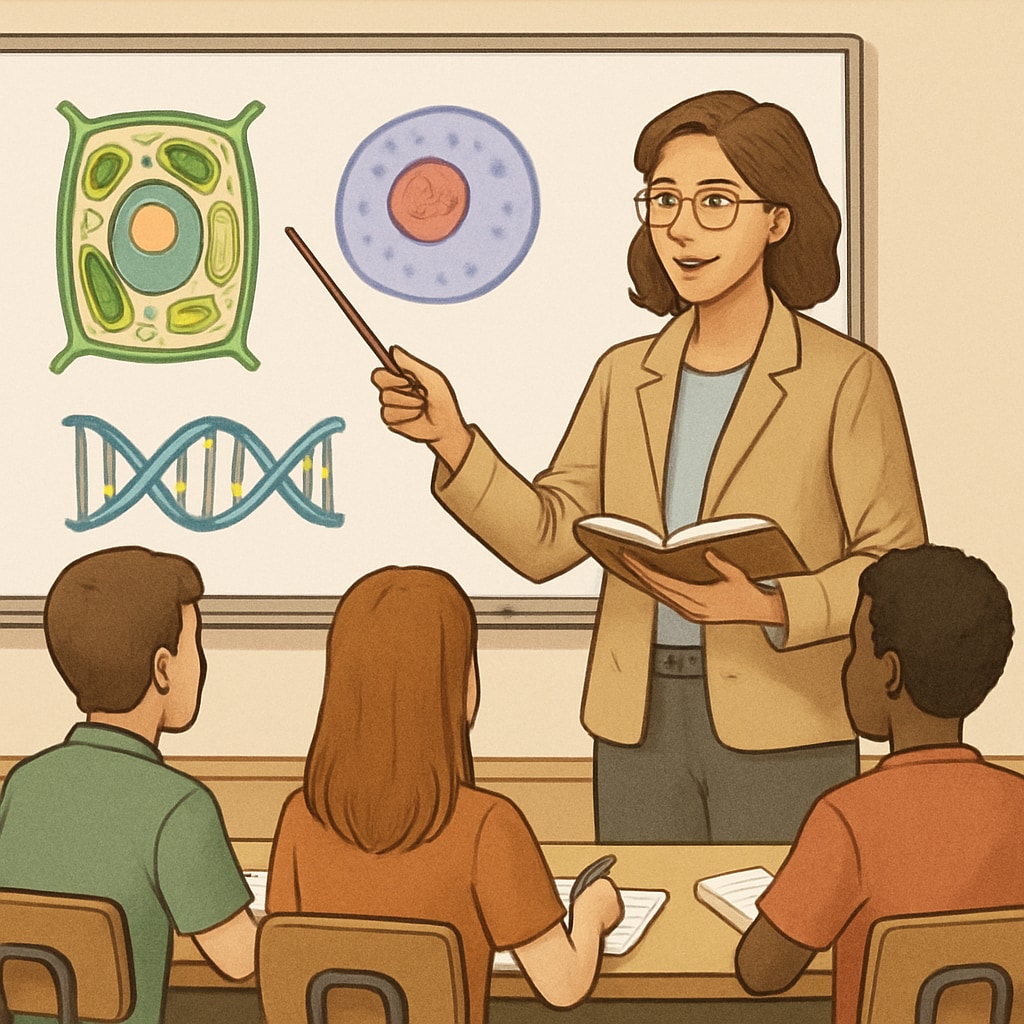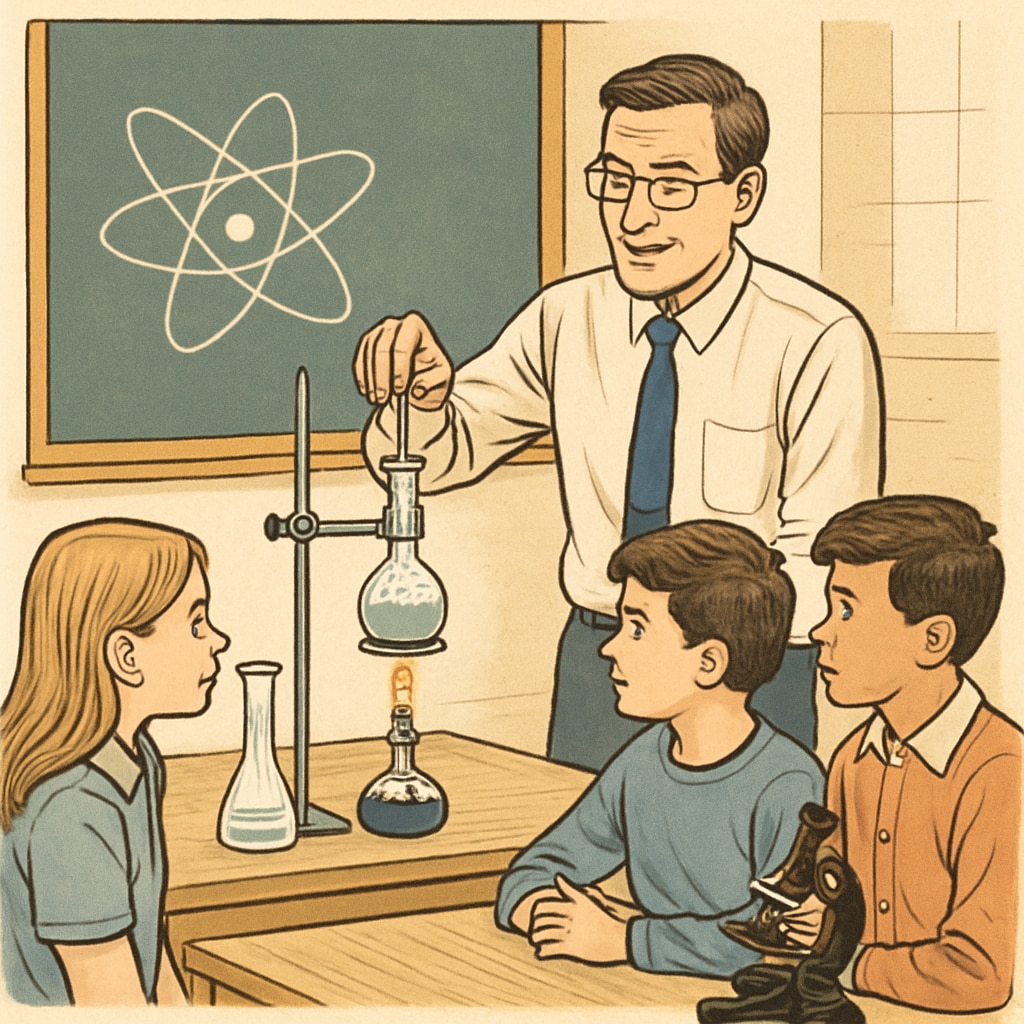The transition from a biology background to pursuing a master’s degree in education may seem unconventional at first glance. However, this career shift offers a unique opportunity for STEM graduates to bring their analytical skills, scientific expertise, and passion for learning into the realm of teaching. For those seeking to make a meaningful impact by shaping young minds, this pathway to education is not only feasible but also highly rewarding.
With the growing demand for STEM educators in K-12 classrooms, biology graduates are uniquely positioned to fill this gap. This article will explore the advantages, challenges, and actionable strategies for successfully transitioning from the biology lab to the education field, offering a roadmap for aspiring educators.
Why Biology Graduates Are Well-Suited for Education
Biology graduates possess a diverse set of skills that make them highly valuable in the education sector. Their training emphasizes critical thinking, problem-solving, and the ability to explain complex concepts—skills that align seamlessly with the requirements of teaching. Additionally, they often have hands-on experience in research methodologies, which enhances their capacity to foster inquiry-based learning in the classroom.
Moreover, the increasing focus on STEM (Science, Technology, Engineering, and Mathematics) education in schools has created a pressing need for educators with strong scientific backgrounds. Biology graduates can inspire students to engage in science, promoting curiosity and equipping them with the knowledge required for future STEM careers. This makes the transition not just feasible but also highly impactful.

Challenges in Transitioning to an Education Master’s Degree
Despite the advantages, transitioning to an education master’s degree from a biology background is not without its challenges. One of the primary hurdles is the shift from a research-focused environment to a student-centered one. Teaching requires patience, emotional intelligence, and the ability to manage diverse learning needs, which may be new territory for those accustomed to the laboratory setting.
Additionally, understanding pedagogical methods and educational theories may require significant effort for STEM graduates. Adapting to these new areas of study involves stepping out of one’s comfort zone and embracing a completely different disciplinary framework.
Another challenge lies in navigating the practical aspects of teaching, such as classroom management, lesson planning, and assessment strategies. These are often learned through real-world experience, making internships and student teaching essential components of the transition process.
Strategies for a Successful Transition
To overcome these challenges, biology graduates can take several steps to ensure a smooth and successful transition:
- Research Education Programs: Look for master’s programs that offer specialization in STEM education or secondary science teaching. These programs often blend subject expertise with pedagogical training.
- Gain Classroom Experience: Volunteer at schools, tutor students, or participate in teaching internships to understand the dynamics of a classroom environment.
- Leverage Transferable Skills: Highlight your analytical, research, and problem-solving skills during program applications and interviews. Emphasize how these abilities will benefit your teaching practice.
- Build a Support Network: Connect with educators, mentors, and peers who can provide guidance and share insights about the teaching profession.
By following these strategies, biology graduates can navigate the shift from the scientific field to the educational domain with confidence and preparedness.

The Long-Term Impact of This Career Shift
Transitioning from biology to education offers long-term benefits for both the individual and society. For the individual, teaching provides a sense of purpose and the opportunity to make a tangible difference in students’ lives. It also ensures job stability, as the demand for qualified STEM teachers continues to rise globally.
On a broader scale, this career shift addresses critical shortages in science education, contributing to a more scientifically literate society. By bringing their expertise into the classroom, biology graduates can inspire the next generation of scientists, researchers, and innovators.
Ultimately, this transition is more than just a career change—it’s a chance to contribute to the future of education and STEM fields.
Readability guidance: This article uses short paragraphs, bullet points, and clear transitions to enhance readability. Key concepts are introduced with accessible language, ensuring the content is both engaging and informative for readers considering a career shift.


